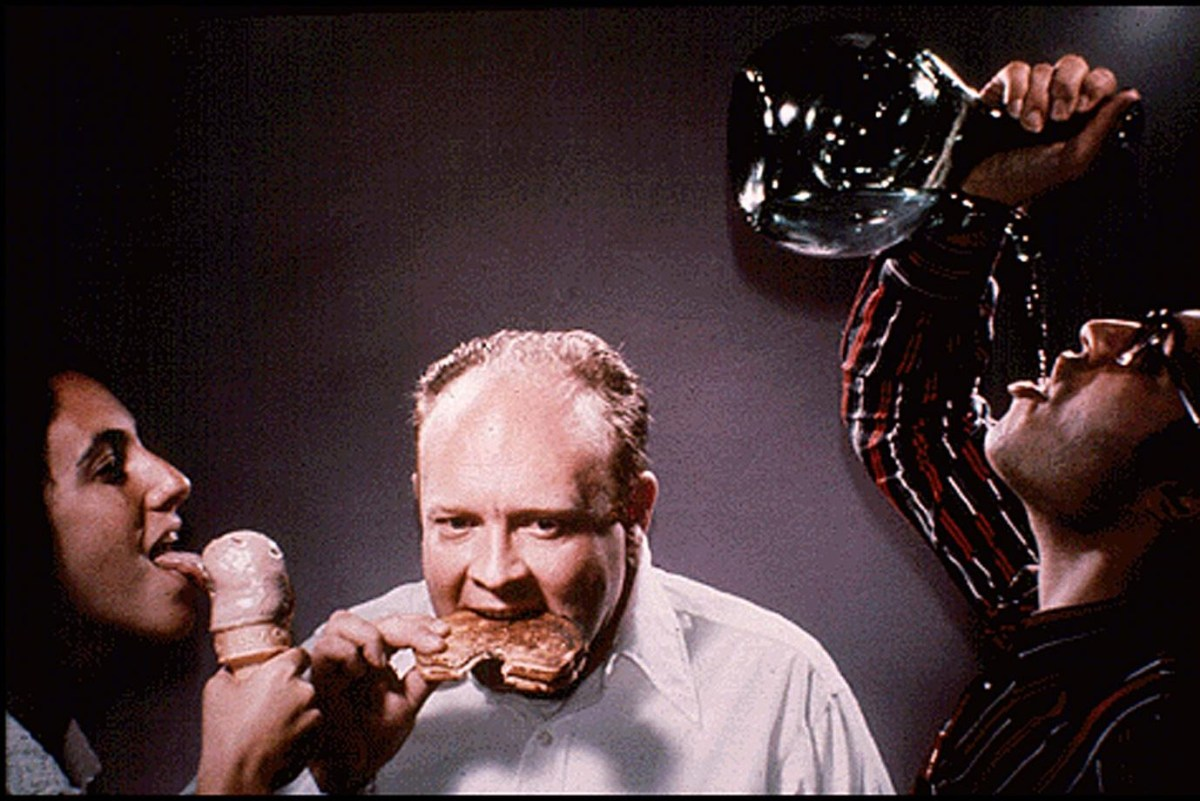We are a sentimental as well as pragmatic species. When it came to sending the first missions that could travel beyond the Solar System, we equipped them with wonderful scientific instruments, but also with messages to any extraterrestrials that came across them. It was the case for Pioneer 10 and Pioneer 11, the first probes with enough velocity to escape the pull of the Sun, dotted with a plaque for aliens to find us. Even more so for Voyager 1 and Voyager 2, which each had a “Golden Record” filled with images and sounds from planet Earth.
The cover of the Golden Record shows a map of pulsars, for aliens to know where we sent this probe from, as well as how to construct a phonograph to actually sample the record. It is very unlikely that another civilization will find the Voyagers, but what was included and how it was included tells us a lot about who we want to be as a species.
“This is a present from a small, distant world, a token of our sounds, our science, our images, our music, our thoughts and our feelings. We are attempting to survive our time so we may live into yours,” reads the written message by the late President Jimmy Carter, and it encapsulates a lot of what became the collection that is the Golden Record.
Dozens of greetings, peculiar day-to-day sounds, and musical pieces were sent to the heavens on behalf of humankind. Those, together with 116 images, were selected by a committee chaired by Professor Carl Sagan. Some images are of scientific interest, such as diagrams of DNA and the Solar System. Others show different cultures, animals, plants, and more. Many of the pictures are annotated, just in case the aliens are curious about the scales on Earth.

The image demonstrating eating and drinking is nothing short of a masterpiece.
Image Credit: NASA
What can you hear on the Golden Record?
When it comes to sounds, the mundane is mixed with the artistic. There’s laughter (belonging to Carl Sagan himself) and a horse and cart, as well as trains and cars, crickets and frogs, a kiss, and a mother and child. There is a recording of Ann Druyan’s brainwaves converted into sound as well, who always stated that she captured the moment she fell in love with Sagan, before eventually becoming his second wife.
There is also a dog barking. Playing it aloud in my office set off our corgi, who loudly attempted what we can only describe as an attempt to directly communicate with those as far away as Voyager right now.
The musical compositions are varied, incorporating aboriginal songs (Barnumbirr (Morning Star) and Moikoi Song) and a mariachi band, together with Bach’s Brandenburg Concerto and Blind Willie Johnson’s gospel blues song “Dark Was the Night, Cold Was the Ground”. There are 90 minutes of this eclectic mix of music from many different cultures.
There’s also Chuck Berry’s 1958 hit “Johnny B. Goode,” which is now a classic, but was initially considered an outlandish choice. Folklorist Alan Lomax, a member of the committee, was against its inclusion, calling rock music adolescent, to which Sagan replied: “There are a lot of adolescents on the planet!”
It is the greetings that tell the more intriguing story. Of the over 7,000 languages spoken in the world today, there were only 55 picked for greetings (and some were ancient languages). There was a plan to include more, but scheduling conflicts (like in the case of Swahili) ended up reducing the selection.
Some of the greetings are simple and direct. The French “Bonjour tout le monde” or the Ila (spoken in Zambia) “Mypone kaboutu noose”, which translate, respectively, as hello everyone and we wish you all well. There’s the Swedish “Hälsningar från en dataprogrammerare i den lilla universitetsstaden Ithaca på planeten Jorden” – Greetings from a computer programmer in the small university town of Ithaca on (the) planet Earth. And the Mandarin Chinese “各位都好吧?我们都很想念你们,有空请到这儿来玩。; 各位都好吧?我們都很想念你們,有空請到這兒來玩” – How’s everyone? We all very much wish to meet you, if you’re free please come and visit.
The English one, “Hello from the children of planet Earth,” is said by Nick Sagan, the son of Linda Salzman and Carl Sagan. There’s also this wonderful Arabic greeting “.تحياتنا للأصدقاء في النجوم. يا ليت يجمعنا الزمان” – Our greetings to the friends amongst the stars. We wish that time would unite us.
Voyager 1 and 2 are almost one light-day away from Earth, having traveled for nearly 48 years. It would take hundreds of thousands of years before they pass “near” another star. Space is vast and they are small, but maybe one day these sounds and songs and images might be played to those that have never experienced such things.
Source Link: This Is What You'd Hear If You Listened To Voyager's Golden Record NASA Sent To Interstellar Space